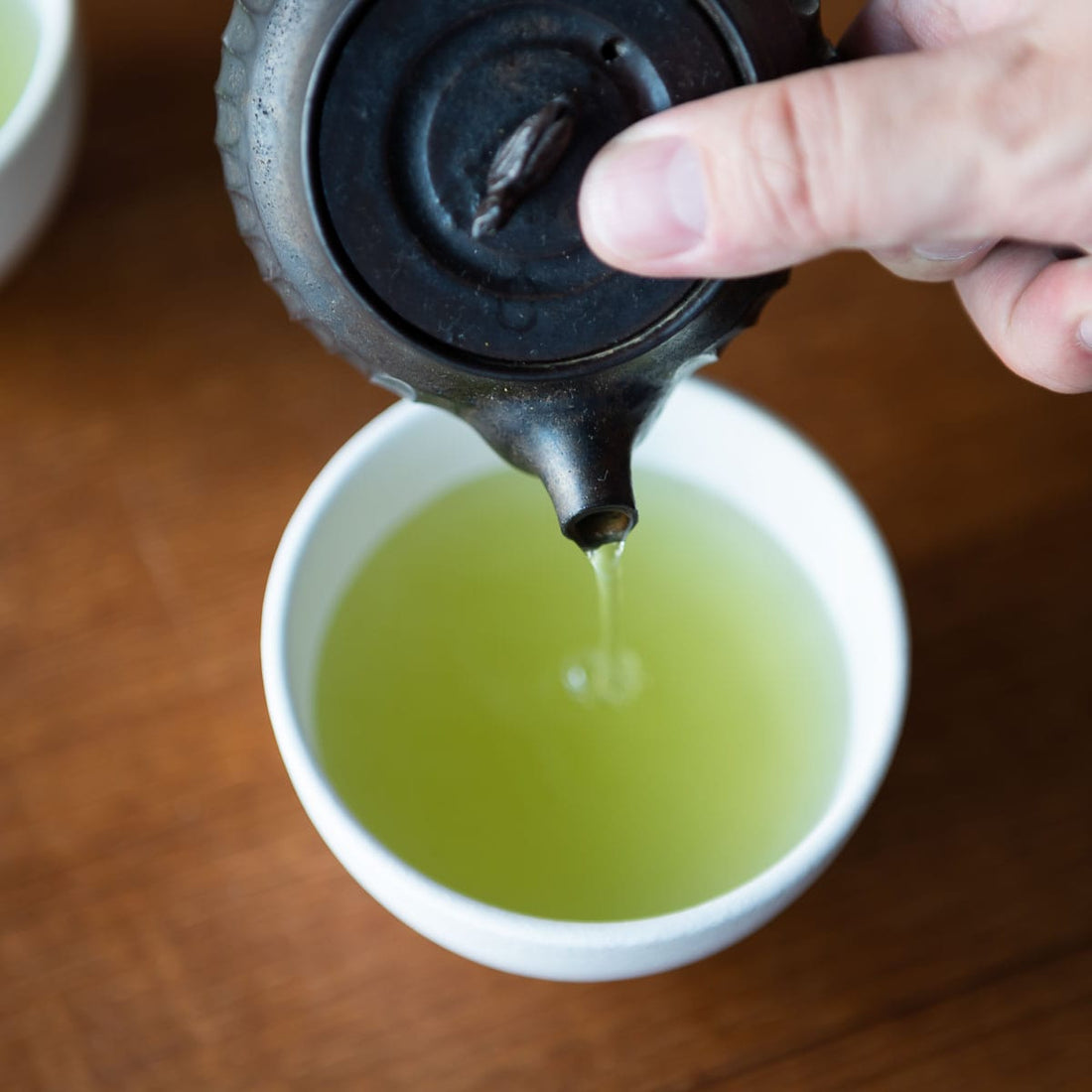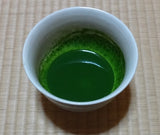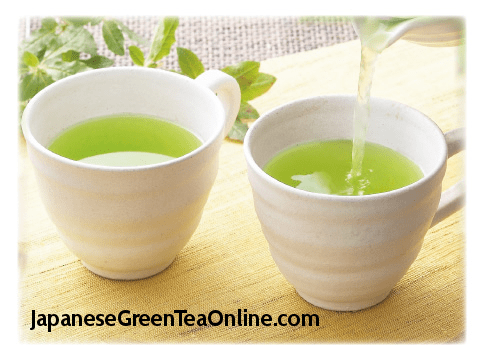
What's the best tea for me?
Share
Sencha, gyokuro, and matcha are unique teas. The differences are in how they are cultivated, harvested, and brewed.
Sencha
About 75% of all tea harvested in Japan is sencha. Sencha varies significantly in quality and price. Premium-grade sencha is delicious and aromatic.

Gyokuro
Gyokuro leaves are shaded from direct sunlight for approximately 3 weeks before the spring harvest. Removing direct sunlight enhances the proportions of flavonols, amino acids, sugars, and other substances that provide tea aroma and taste. After harvesting, the leaves are rolled and dried naturally.
A lighter-colored infusion than sencha. Gyokuro brews an elegant yellow-green liquor.
Gyokuro is slightly sweeter than sencha and has is famous for its taste and aroma—a gourmet Japanese green tea.

Matcha
Matcha is finely ground gyokuro leaves (tencha).
Japanese Green Tea Online has two varieties, varying in quality and price. The health benefits for both of our matcha teas are about the same.
Matcha is the tea of chanoyu (Japanese Tea Ceremony) and whips into a thick, invigorating brew: an excellent morning tea or an energizing beverage before any form of aerobic exercise.

Genmaicha is sencha mixed with genmai (puffed brown rice). Most genmaicha consists of low-quality second-harvest sencha.
Our genmaicha is premium first-leaf sencha, genmai, and a pinch of matcha. This low-caffeine tea has a crisp, slightly nutty taste. The pinch of matcha gives it an extraordinarily bright green color.
Hojicha is roasted sencha leaves. The roasting gives the tea an amber color and reduces caffeine.
Shincha
In Japanese, "shin" means new, and "cha means tea. Shincha is, literally, new tea. Shincha consists of tea leaves harvested and lightly steamed immediately after harvesting.

Shincha has the aroma of freshly picked leaves. Perishable and highly aromatic, shincha is only sold at Japanese Green Tea Online in spring and early summer (or as long as supplies last).
Sencha and gyokuro remain fresh year-round because they are steamed and stored under optimum conditions. Sencha and gyokuro teas bought in January are just as fresh as teas bought in May, right after the harvest.
Because it is so lightly steamed immediately after the harvest, true "shincha" is only available at tea shops in Japan from May through July.
If you see shincha at other shops during the winter, it is not real shincha; it is sencha. Tea growers only process a tiny percentage of their harvest as shincha. They take the same leaves and process them as sencha.
